We are thrilled to introduce one of our new contributors, Sonia Alejandra Rodríguez! She will be writing mostly about Latina/o characters and representation in queer YA. We are so happy to have her on board!
by Sonia Alejandra Rodríguez
The Mariposa Club follows the “Fierce Foursome,” Maui, Trini, Lib, and Isaac, through their high school senior year and tells of their goal to start the school’s first GLBT club. In their attempt to leave a legacy at their school that will create a safe space for future queer students the Fierce Foursome is barraged with homophobia from their peer and their community. Throughout the novel they learn much about each other and about what it means to be Latino and gay. González’s critical choice to name the book and the club “the Mariposa Club” signals a history of gay Latino experiences and stories off of which the Fierce Foursome is able to build. Daniel Enrique Pérez[2] explains in his essay “Toward a Mariposa Consciousness: Reimagining Queer Chicano and Latino Identities” that mariposa is a term “[…] commonly used to describe Hispanic males who engage in non-heteronormative gender and sexual behavior, with an emphasis on attributes typically associated with femininity” (97). While the term in this context has frequently been used as a derogatory expression, Pérez explains how Chicano/Latino authors and artists have embraced the term to signify resilience, transformation, and empowerment.
There is a moment in the novel where Maui expresses concern for not knowing enough about being gay and Latino. Trini explains that gay Latino culture is all around them and it’s their responsibility to find it and learn it so they can then share it with others. Maui and Trini’s desire to find themselves in history, position themselves in the present, and secure their futurity is precisely what fuels their need for a school club. In other words, the Fierce Foursome’s decision to identify as mariposas and to name the club as such highlights their resilience despite the homophobia that threatens their lives.
Pérez further explains that “González’s mariposas are often Chicano males who have been persecuted for being effeminate, but they are also fierce warriors who do not fear the varied social locations they inhabit; they are deemed beautiful in their own skin, and they remain resilient” (105). While each of the Fierce Foursome definitely exhibit these qualities, it is the character Trini that best exemplifies a “fierce warrior.” Trinidad Ramos is transgender and proud of it. The reactions to her use of women’s clothing and make up reveal the patriarchal system present in her home, school, and community. Because she defies patriarchy she is often the victim of violent acts meant to subdue and erase her. She is beat by the school jocks, humiliated by the popular students, and physically abused by her father. Trini experiences a different level of violence than her other gay friends because her identity is made hypervisible through policing of non-gender conforming bodies. This visibility puts her in more danger but Trini use this to find empowerment and to survive.
Trini is a fictional example of the real violence that queer and trans youth experience. Gonzalez’s dedicates his book to queer youth because he understands the pain and the trauma often associated with being a young queer personal of color. His dedication reads: “For the young mariposas we all once were. For the young mariposas who are, and will be. For Lawrence King, our fiercest mariposa.” In February 2008 15-year-old Lawrence King was shot by a fellow classmate because of alleged unwarranted sexual advances. Various news reports indicate that King had been bullied for some time because of his use of women’s clothing and make up. King’s murderer was convicted of second degree murder. The hate crime charges were dropped.[3] It is significant that the González singles out King because it suggests that King’s death affects us all and that violence against queer and trans youth of color affects us all. The dedication is also hopeful; by identifying as mariposas González invokes the strength, empowerment, and resilience related to queer identity. Through The Mariposa Club González teaches past, present, and future mariposas to be resilient butterflies. By centering gay Latino youth he makes it clear that their experiences and lives matter.
—
[1] Rigoberto González other works include Autobiography of My Hungers (2013), Black Blossoms (2011), Men without Bliss (2008), Butterfly Boy: Memories of a Chicano Mariposa (Memoir 2006), Antonio’s Card/ La Tarjeta de Antonio (Children’s book 2005), Soledad Sigh-Sighs/ Soledad Suspiros (Children’s book 2003), Crossing Vines (Novel 2003), So Often the Pitcher Goes to the Water it Breaks (Poetry 1999).
[2] Daniel Enrique Pérez (2014). “Toward a Mariposa Consciousness: Reimagining Queer Chicano and Latino Identities.” Aztlan: A Journal of Chicano Studies, 39:2, 95-127.
[3] That same year, Angie Zapata was murdered for being transgender. Her murder was convicted of first degree murder and charged with a hate crime. Zapata’s case was the first in the country to charge someone for a hate crime against a transgender person. See Emily Dianne Cram (2012) “‘Angie was Our Sister:’ Witnessing the Trans-formation of Disgust in the Citizenry of Photography.” Quarterly Journal of Speech, 98:4, 411-438.


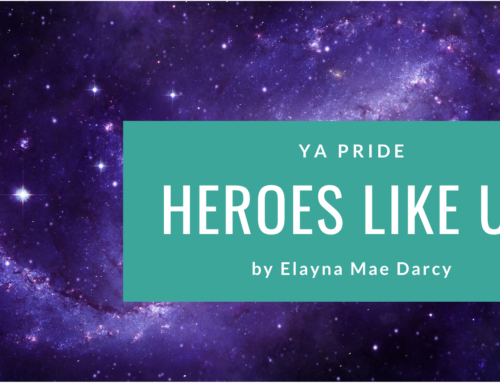
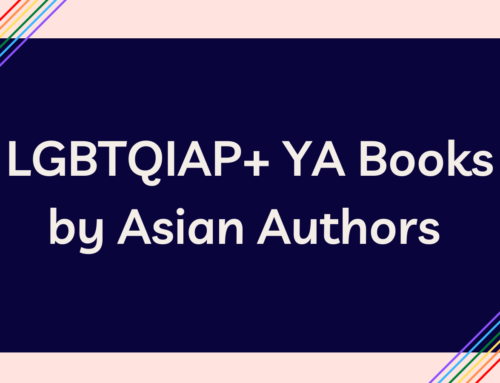
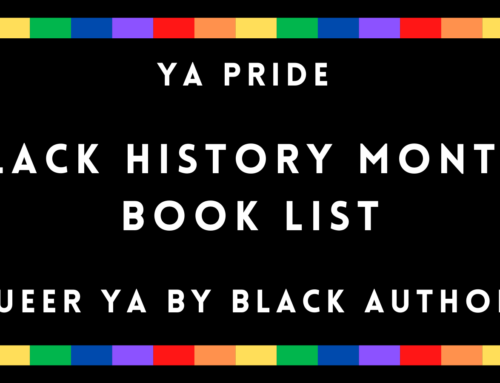
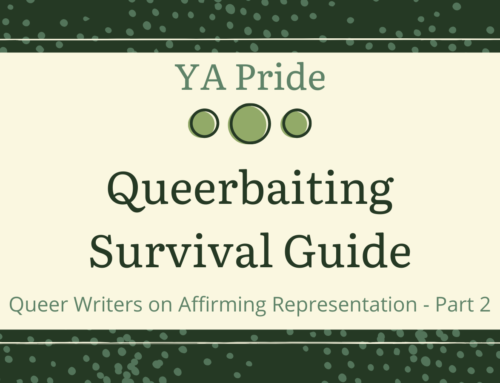
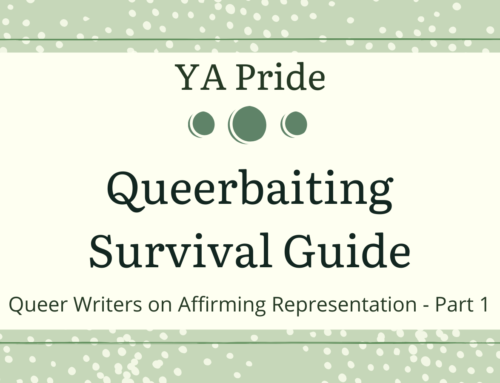
[…] Originally posted on GAY YA: LGBTQIA+ Characters in Young Adult Literature http://www.gayya.org/?p=1377 […]